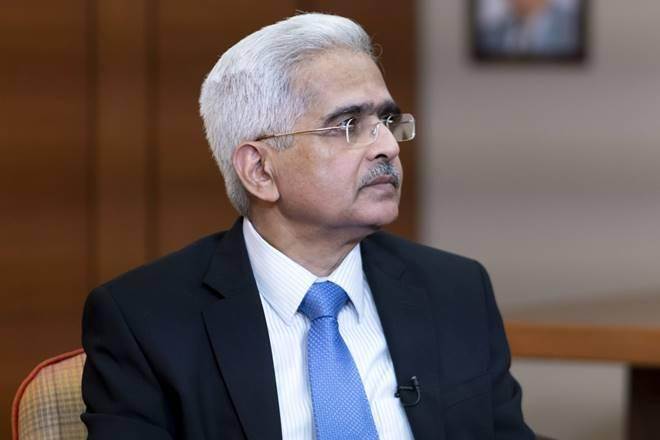Stimulus package not enough to fix a fractured economy

As we anticipate probably a second lockdown, India finds itself staring deep into the abyss of a fractured economy. The maximum city of Mumbai, once hustling and bustling, seems like a minimalist nightmare. Traders and manufacturers have lost a month of revenues, while struggling to respond to the conscience call of paying wages, and rent.
There is enough data to scare us on the macro side of the challenge (GDP growth being revised downwards, unemployment rate at 23%, Rs 3 lakh crore of value destroyed on the Sensex, etc), and at a micro level those running businesses are tied in a Gordian knot.
Millions of small and medium scale units—workshops, factories, cottage industries, etc—are shut. Most of these display three characteristics: (a) they are driven by job-orders, (b) they are usually a small cog in the supply chain, and (c) they run a tight ship from a cash-flow perspective (factoring in the 30-180 day credit-cycles that are the norm).
Take an oversimplified example of the furniture industry. The timber merchant waits for job-orders from the factory/manufacturer, who waits for orders from the distributor, who waits for orders from the wholesaler, who waits for orders from a retailer, who waits for an order from you, the customer. Alongside are a battery of transporters, hardware manufacturers, varnish suppliers, packaging-material manufacturers, insurers, accountants, and many ancillary providers. Each of these intermediaries and players is dependent on the other. In a good economy, there is a positive ripple effect. In today’s environment, with everyone in flux, the negative domino effect is real.
MSME is a relatively informal sector, and runs on trust and word-of-mouth. The post-lockdown world is likely to create a huge trust deficit in the supply, and credit chains. Using the above example, the furniture manufacturer has three core impediments:
1. Vaporising working capital, given the lack of recent revenues;
2. Lack of trust on ancillary providers’ capacity to provide services;
3. Lack of trust on the downstream customers’ ability to honour his/her credit commitments.
The negative domino effect is felt most at a practical, grassroots level. Sadly, the most realistic option for most players will be to wait and watch. We suspect a huge number of MSMEs (especially in asset-heavy, low-margin sectors) to stay shut, in both real and disguised terms, till the economy starts showing an upward trend. Let us not forget that bankruptcies are an individual problem, but NPAs are a national one.
In short, we are running head-on into a self-fulfilling prophecy. Still waters need a pebble to start a ripple—in this case, a ‘Sanjivani booti’ of a stimulus package. While the finance minister, and the RBI Governor, did announce some relief measures, industry is still waiting for that holistic response. Phase 1 of these measures was about salvaging the downturn. Phase 2 needs to focus on sparking the upturn.
This trust deficit can only be salvaged, and the economy pushed back to normal, if the government announces a few short-term measures:
1. Release all outstanding GST, VAT and TDS refunds, and add stricter-than-normal penalties if businessmen are later found defrauding the system.
2. Sanction working capital loans at discounted interest rates. For quick disbursement, a formula-based approach could be followed based on last three years’ P&L statements (which the government already has).
3. Set up an SPV, and infuse equity into the sector. 10,000 finite-term infusions of Rs 1-5 crore each catalyses a company’s ability to kickstart, enhances its ability to raise debt, introduce better corporate governance, and most importantly, institutionalises the ‘bhageedari’ concept (between government and indigenous enterprises).
4. Provide payment-deferment for utilities (water, electricity, etc), and taxes. Most capital-intensive utility companies work on high gross-margins and can afford it, and so can the government.
5. Kickstart and incentivise personal spending, especially when this mega-shock has rooted conservatism in consumers’ minds. Encourage active savings versus dormant/unproductive ones.
If all this looks radical, let us look at Bangladesh next door. Prime Minister Sheikh Hasina just announced a stimulus package of BDK 72,750 crore (about Rs 65,600 crore). This package includes:
1. BDK 5,000 crore for salaries of workers of export-oriented industries.
2. BDK 30,000 crore as subsidised loans to affected industries (the government pays half the interest).
3. BDK 20,000 crore for working capital allocated to ailing units.
4. Other credit, refinancing measures.
In simpler terms, Bangladesh’s stimulus package is thrice that of India’s on a per capita basis.
Extraordinary circumstances call for extraordinary measures. PM Narendra Modi’s vision for a $5-trillion economy was premised on the going-concern concept—an assumption that may not hold true any more. It is time our economists face the challenge. All the cerebral discussions on short-term inflation, fiscal deficits and credit ratings have to take a temporary halt.
We need to stop responding to a black swan event with orthodox ideas and frameworks. At a time like this, the simplest explanation is the right one. And, the simplest solution at this point is a temporary influx of capital in the hands of those who drive the economy. Let businesses run business while the government governs.
Periods of flux and mayhem have always created opportunity. The decade after each world war saw the emergence of conglomerates, business models, and financial abundance. At this stage, India has two choices—either to follow piecemeal, half-hearted, isolated efforts and snatch defeat from the jaws of victory, or to look at the crisis as an opportunity, and empower our entrepreneurs to rise like a phoenix.
(This article was originally published in Financial Express)





Connect With Me